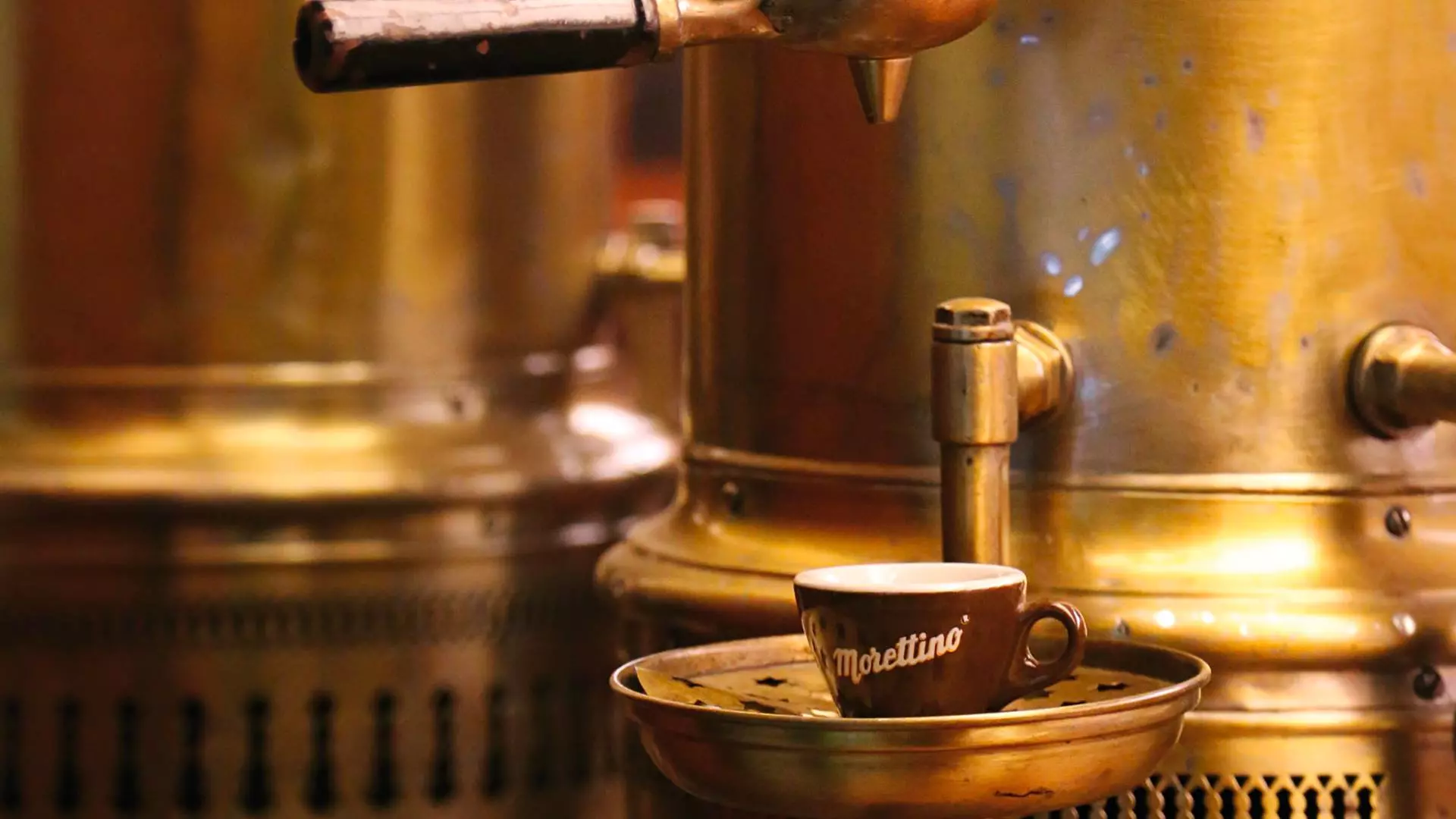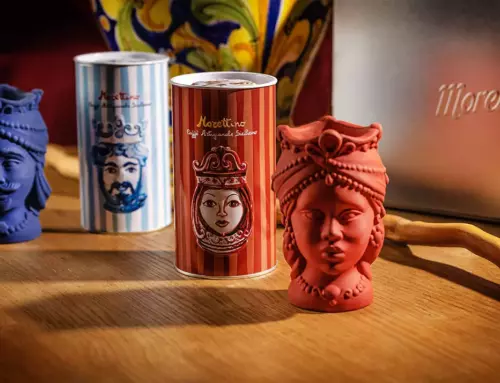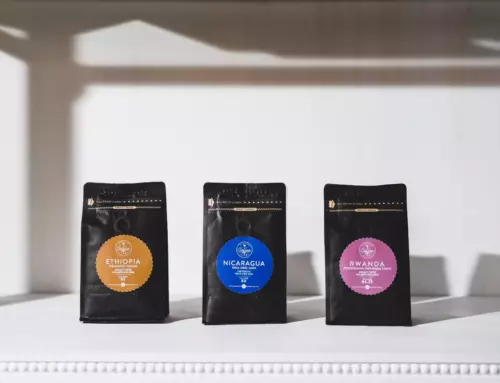There’s no taste without knowledge: discovering the Morettino museum factory
A place, in the heart of the ancient village of San Lorenzo ai Colli in Palermo, where every corner tells a piece of the millenary history of coffee, its uses and customs.
We are talking about the Morettino Museum Factory, the first example of museum-roasting in the world, designed to be an integral part of the roasting itself. A multi-sensory factory, in which every single part tells a story.
An ideal journey through knowledge and flavors, which starts from the small Arabica plantation cultivated in the roasting gardens, crosses the production zone and gets to the Museum, unique place that gathers over a thousand tools linked to the coffee culture.
COFFEE MUSEUM
The museum is situated inside the Morettino shop and, thanks to a modern system of air conducts that bring inside, it is possible to watch from above the whole coffee production process and the story of each processing and roasting phase of the product, surrounded by the unmistakable roasting aroma.
The visit at the museum is not just a simple vision of tools in exposition, but a true coffee cultural immersion, led by Arturo Morettino’s stories.
Grafted above the production establishment, like a smell preciuos stone, it collects anout a thousand tools for the coffee processing from 1600 until today, from all over the the world, collected over the years by Arturo Morettino, rusult of exchanges, travels, trades, discoveries and researches, led by the passion for the coffee culture.
Each piece whispers to the visitors its own history and, like milestones, outlines the route.
THE MUSEUM SYMBOLIC TOOLS
There are the first column coffee makers of the early twentieth century and the coffee grinders of the First World War made by the Italian army, the eighteenth and nineteenth century coffee roasters with curious pan shapes, cylindrical or round, which were used to brown the coffee.
There is also Jean Baptiste Toselli’s locomotive-coffee maker, of which there are just ten specimens in the world, and the tiniest Neapolitan cofee maker in the world. Among the grinders, the most ancient piece of the Museum stands out: the stone coffee grinder from 1600. Among the other tools to grind coffee there are the grinders used at home in the Thirties and the first cofee grinders made by Peugeot, the famous cars manufacturer, as well the first Turkish brass chiseled from 1700 that represent true masterpieces and the pocket coffee grinder, essential tool for every coffeelovers.
And then numerous methods of coffee extraction that represent the uses and customs of all eras around the world: from our Neapolitan coffee maker to Turkish ibrik, from Ethiopian Jebena to the first home espresso machines, passing through all the filter extractions of various parts of the world and vacuum (or depression) extraction systems that recall of glass alembics in chemistry laboratories.
The museum also contains the bartender’s corner, with dozens of espresso machines from the old bars of the Peninsula, which tell the story of Italy from the beginning of the last century to the seventies through the birth of that place called “Bar”.
Inside the museum there are also unique works and hundreds of thematic books kept inside the coffee library. This fascinating place also hosts formation programs of the Morettino Coffee School, open to schools, professional operators and coffee lovers, as well as sensory tastings and book presentations.
HOW TO VISIT
The tour to the Morettino museum starts from the small Arabica coffee plantation and continues with a visit to the roasting factory, to the Coffee Museum. The visit ends with the tasting of the selections of single Morettino origins and blends.
Sensory coffee tastings are also organized for small and selected groups of coffee lovers inside the Coffee Museum.
Due to the pandemic emergency, unfortunately the visits to the public are temporarily suspended. As soon as we’ll be able to resume normal activities, we will be ready again to welcome all coffee lovers






